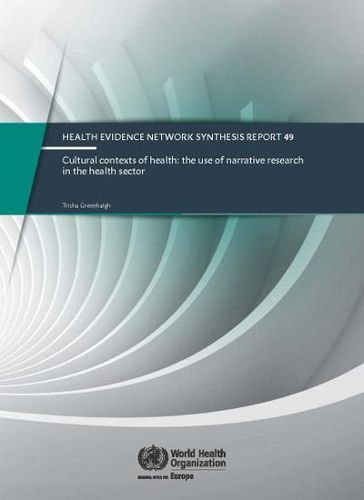Readings Newsletter
Become a Readings Member to make your shopping experience even easier.
Sign in or sign up for free!
You’re not far away from qualifying for FREE standard shipping within Australia
You’ve qualified for FREE standard shipping within Australia
The cart is loading…






Storytelling is an essential tool for reporting and illuminating the cultural contexts of health: the practices and behaviour that groups of people share and that are defined by customs, language and geography. This report reviews the literature on narrative research, offers some quality criteria for appraising it and gives three detailed case examples: diet and nutrition, well-being and mental health in refugees and asylum seekers. Storytelling and story interpretation belong to the humanistic disciplines and are not a pure science, although established techniques of social science can be applied to ensure rigour in sampling and data analysis. The case studies illustrate how narrative research can convey the individual experience of illness and well-being, thereby complementing and sometimes challenging epidemiological and public health evidence.
$9.00 standard shipping within Australia
FREE standard shipping within Australia for orders over $100.00
Express & International shipping calculated at checkout
Storytelling is an essential tool for reporting and illuminating the cultural contexts of health: the practices and behaviour that groups of people share and that are defined by customs, language and geography. This report reviews the literature on narrative research, offers some quality criteria for appraising it and gives three detailed case examples: diet and nutrition, well-being and mental health in refugees and asylum seekers. Storytelling and story interpretation belong to the humanistic disciplines and are not a pure science, although established techniques of social science can be applied to ensure rigour in sampling and data analysis. The case studies illustrate how narrative research can convey the individual experience of illness and well-being, thereby complementing and sometimes challenging epidemiological and public health evidence.